The Impact of Positive Reinforcement on ABA Therapy Outcomes
Harnessing Positive Reinforcement in ABA Therapy for Autism
Exploring the Core of Positive Reinforcement
Positive reinforcement stands At the heart of Applied Behavior Analysis (ABA) therapy, serving as a pivotal mechanism for encouraging and strengthening desired behaviors. This approach is particularly crucial for individuals with Autism Spectrum Disorder (ASD), where therapeutic success hinges on systematically reinforcing positive behaviors. This narrative will explore how positive reinforcement is implemented in ABA therapy and its profound impact on improving developmental outcomes for children with autism.
Understanding Positive Reinforcement in ABA Therapy
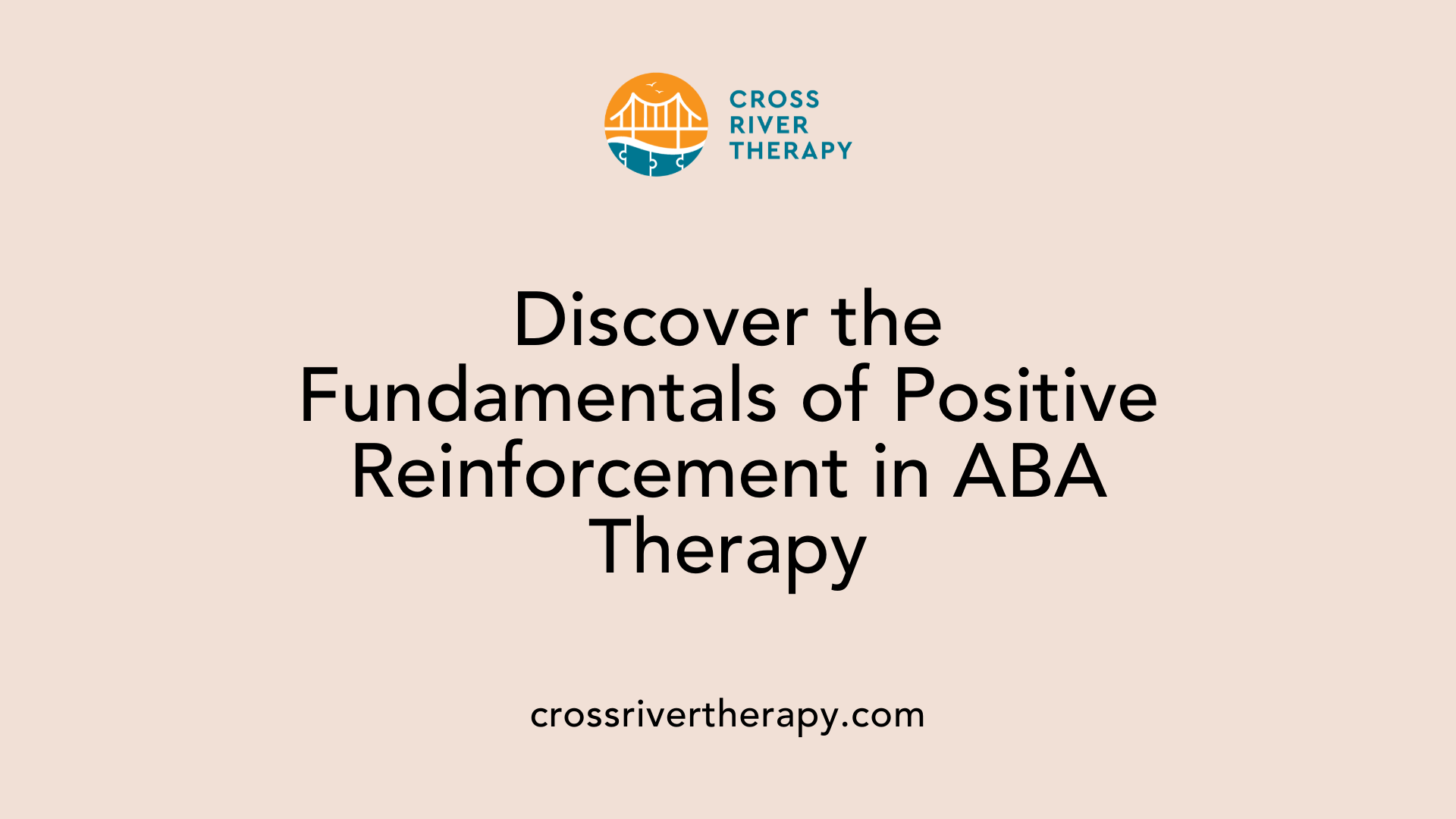
What is positive reinforcement in the context of Applied Behavior Analysis (ABA) therapy?
Positive reinforcement in Applied Behavior Analysis (ABA) therapy refers to the process of increasing desired behaviors by presenting a positive stimulus immediately after the behavior occurs. This approach relies on specific characteristics such as the appropriateness, quality, and immediacy of the reinforcer. For example, when a teacher praises a student for answering a question correctly, it encourages the student to participate more in the future.
Operant conditioning principles
This technique is rooted in operant conditioning, where behaviors are modified through reinforcement. In ABA, positive reinforcement strengthens the likelihood of a behavior recurring by adding a desirable consequence. This creates a supportive environment for behavior modification and learning, vital for individuals with Autism Spectrum Disorder (ASD).
Types of reinforcers
Positive reinforcement can take various forms, including:
| Type of Reinforcer | Description | Example |
|---|---|---|
| Natural Reinforcers | Inherent stimuli that motivate actions | Enjoyable activities, playtime |
| Social Reinforcers | Social interactions like praise or attention | Compliments, hugs |
| Tangible Reinforcers | Physical rewards that are immediately appealing | Stickers, toys |
| Token Reinforcers | Symbolic rewards that can be exchanged for actual rewards | Star cards that can lead to a toy |
The effectiveness of reinforcers often hinges on their connection to an individual’s interests and preferences. By identifying and utilizing these motivators, ABA therapists can create effective strategies for promoting positive behaviors.
The Impact of Positive Reinforcement on Autism Therapy Outcomes
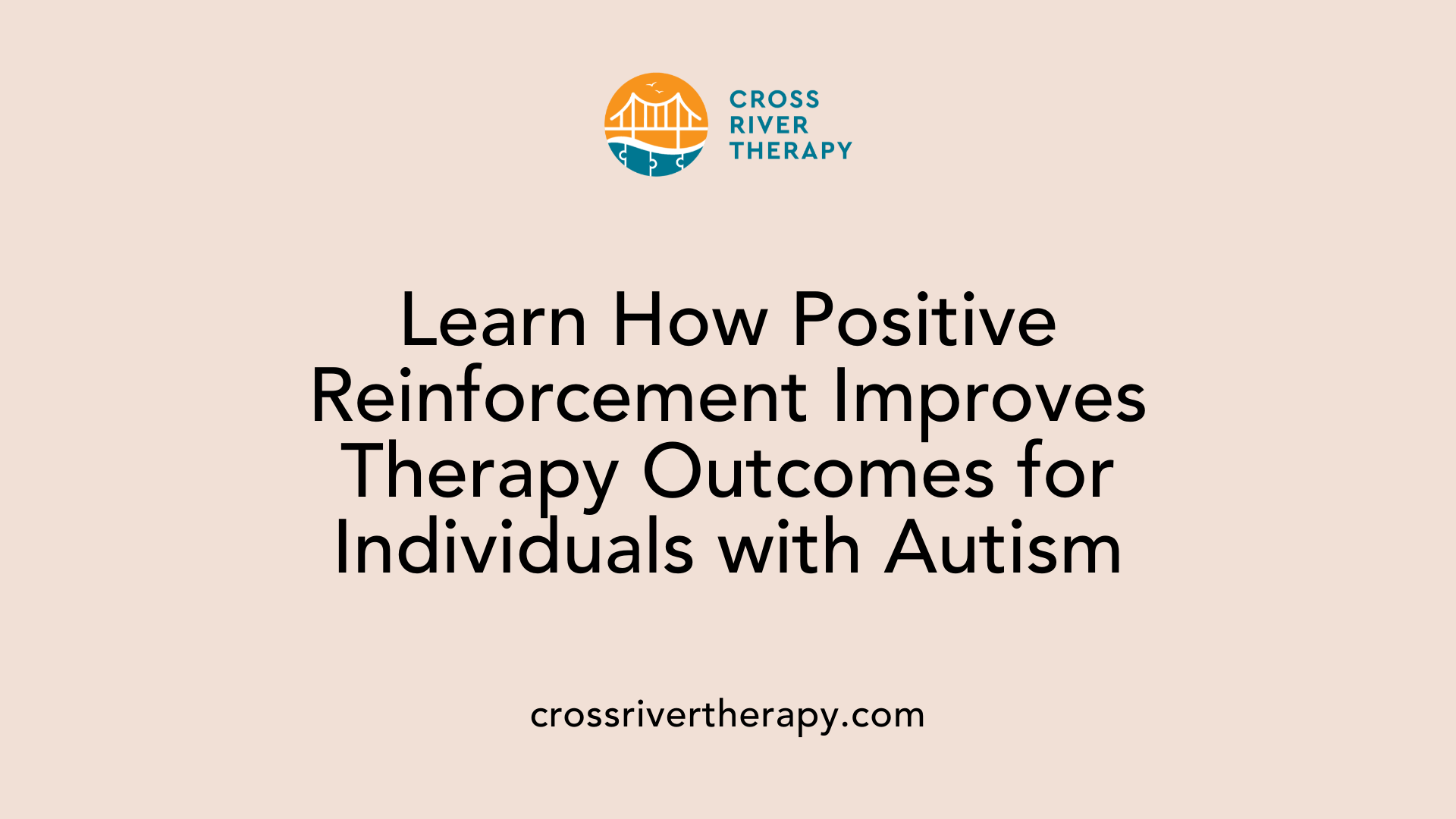
How does positive reinforcement impact therapy outcomes for individuals with Autism Spectrum Disorder?
Positive reinforcement is pivotal in enhancing therapy outcomes for individuals with Autism Spectrum Disorder (ASD) by significantly improving the likelihood of desired behaviors. It facilitates effective skill acquisition, rooted in Applied Behavior Analysis (ABA), through immediate rewards following specific behaviors. This approach not only increases the occurrence of positive actions but also helps individuals learn adaptive skills necessary for daily living.
One major advantage of positive reinforcement is its focus on individualized strategies. Each child responds differently to various types of rewards, such as tangible prizes, social acknowledgments, or privilege-based incentives. Thus, identifying and tailoring reinforcers to match the interests of each child maximizes the effectiveness of the intervention.
Moreover, the use of immediate rewards strengthens the association between desired behaviors and positive outcomes. Research highlights that strategies like play-based activities and errorless teaching contribute to a supportive learning atmosphere, essential for fostering behavioral change.
Working closely with families ensures that skills learned during therapy have continuity in real-life situations. This collaborative approach reinforces the behaviors in natural settings, leading to more sustainable and meaningful interventions that enhance overall outcomes in children undergoing ABA therapy.
Types of Positive Reinforcers in ABA Therapy
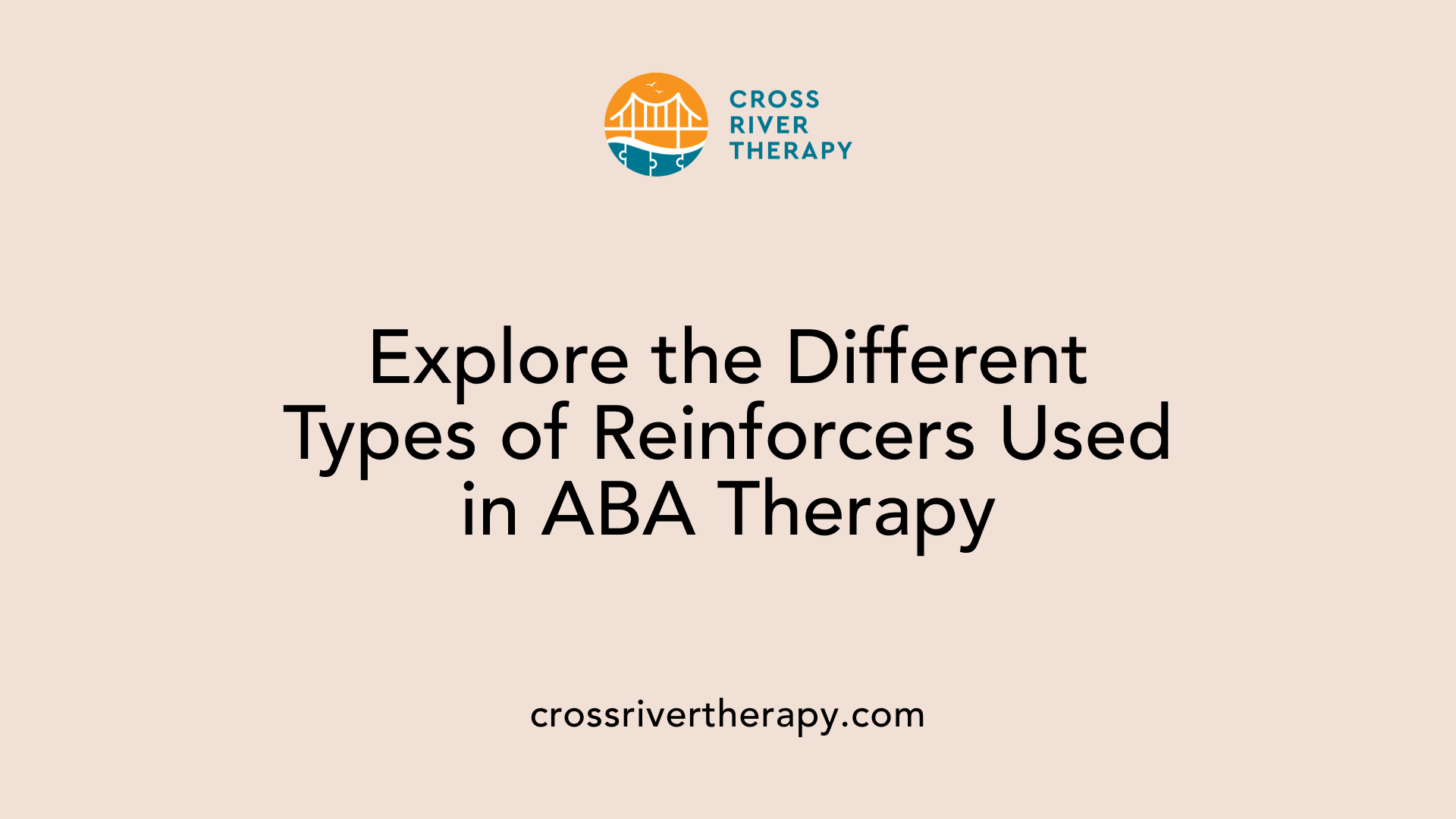
What are the different types of positive reinforcement used in ABA therapy?
Positive reinforcement in ABA therapy comprises various strategies to encourage desired behaviors by adding stimuli that enhance their occurrence. Understanding these types can significantly influence the effectiveness of the therapy. Here are the main categories of positive reinforcers:
Tangible Reinforcers
- Tangible reinforcers are physical items that can be given as rewards. Examples include toys, snacks, or other concrete rewards that the individual finds motivating. The appeal of these reinforcers can help to increase the likelihood of desired behaviors when received.
Social Reinforcers
- Social reinforcers involve social interactions that affirm the individual's behavior. Praise, hugs, high-fives, or any form of attention from caregivers or peers can reinforce positive actions. This type of reinforcement acknowledges the individual’s accomplishments and fosters a supportive environment.
Token Economies
- Token economies are structured systems where individuals earn tokens for specific behaviors they exhibit. These tokens can later be exchanged for desired rewards, creating motivation and a clear pathway towards achieving goals. This method resonates well with individuals who thrive on visual representations of progress.
Combining Reinforcers for Effectiveness
To enhance the impact of positive reinforcement, it is essential to tailor the type of reinforcer to the individual's preferences and needs. Immediate and contingent reinforcement tends to yield the best results, particularly when aligning rewards with the activities or items the individual values most. By using a mix of tangible, social, and token reinforcers, ABA therapists can create a robust framework for behavior modification that caters to diverse preferences.
Implementing Positive Reinforcement Strategies in ABA
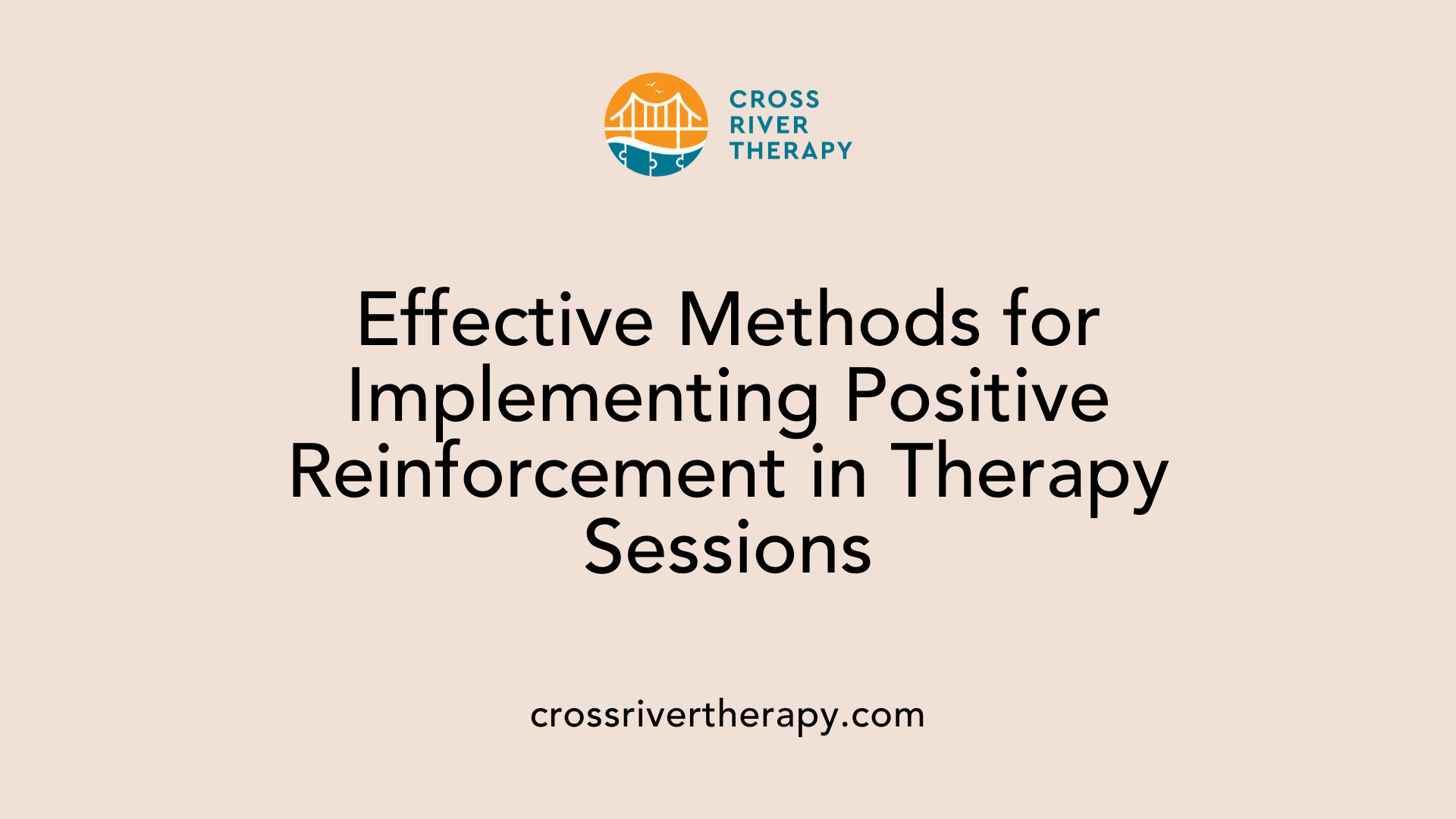
What are some effective methods for implementing positive reinforcement strategies in ABA therapy sessions?
Implementing positive reinforcement strategies effectively in ABA therapy sessions involves a few key practices. First and foremost, it is essential to identify individual preferences for reinforcers. This means understanding what motivates the person you are working with, whether that be specific toys, activities, or praise. Tailoring reinforcers to these preferences significantly enhances their effectiveness.
Next, reinforcement must be delivered immediately after the desired behavior occurs. This immediate feedback helps strengthen the association between the positive behavior and the reward, making it more likely for the behavior to recur. Instead of providing general praise, it is beneficial to use specific behavior-based praise. For example, saying "Great job on your math problem!" is more effective than simply saying "Good job!" This specificity helps clarify what behavior is being reinforced.
Strategies such as 'catching them being good' enable therapists to recognize and reinforce positive behaviors in real time. Moreover, applying token economies—where individuals earn tokens for good behaviors that can be exchanged for a preferred reward—adds a visual element that tracks progress and enhances motivation.
Consistency is also crucial. Maintaining a steady approach to apply reinforcement ensures that it remains effective over time. Managing access to potential reinforcers prevents them from losing their value. Starting with continuous reinforcement aids in establishing new behaviors, while gradually transitioning to intermittent reinforcement helps maintain these behaviors. Ultimately, customizing reinforcement to meet each learner's unique values and needs cultivates an engaging and effective therapeutic environment.
Challenges and Limitations of Positive Reinforcement in ABA
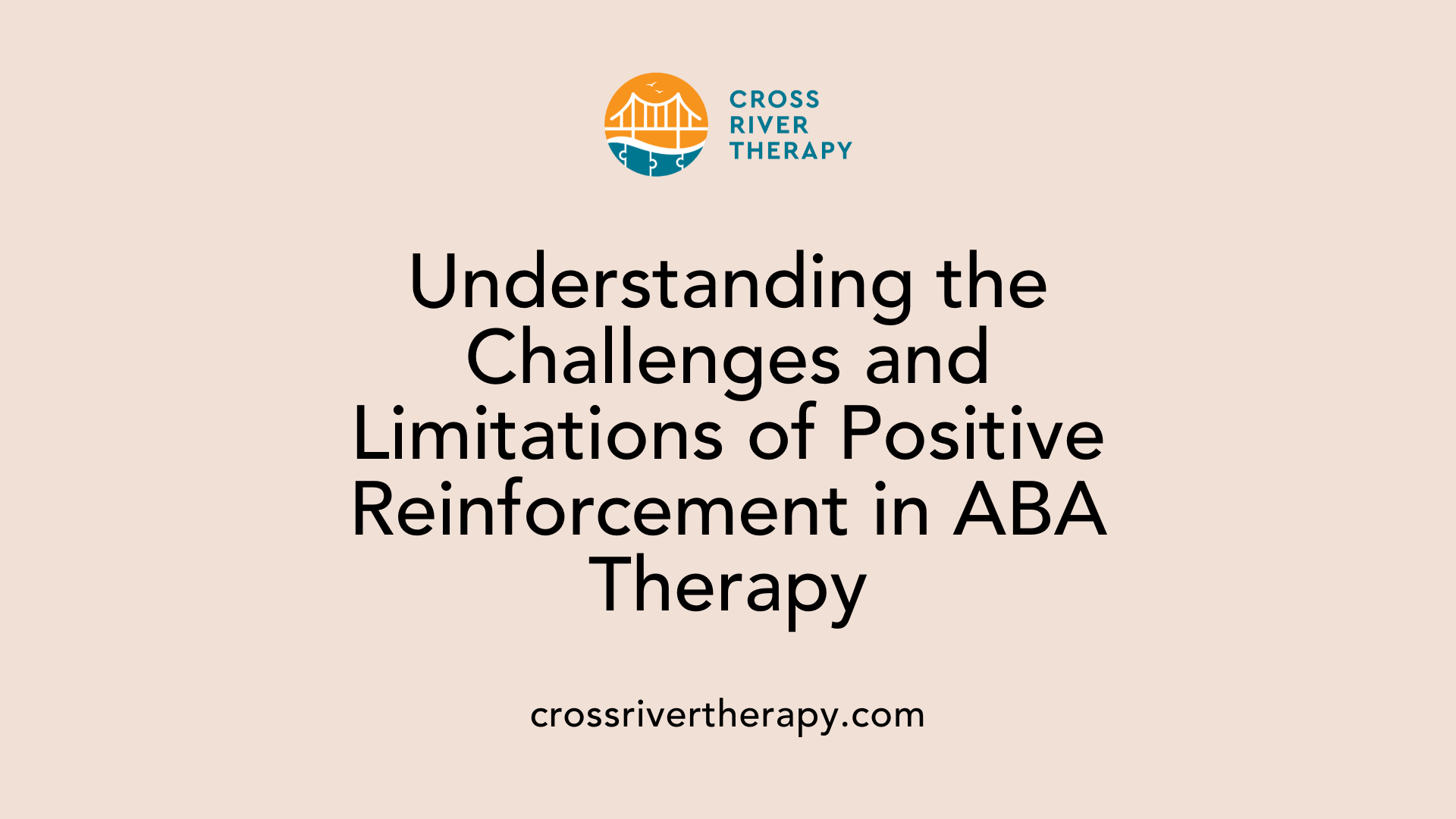
Are there any potential drawbacks or limitations to using positive reinforcement in ABA therapy?
While positive reinforcement is a powerful tool in ABA therapy, it can present some challenges. One major concern is the potential over-reliance on external rewards. This dependence can inhibit the development of intrinsic motivation, meaning individuals may not engage in positive behaviors without the promise of a reward.
Additionally, the effectiveness of different reinforcers can diminish over time. Therefore, it is essential for practitioners to continually assess and adjust the rewards to maintain their efficacy in promoting desired behaviors.
Another limitation involves the focus on compliance. A strong emphasis on this can sometimes suppress natural behavior, which may lead to overlooking the unique needs and personalities of autistic individuals. As a result, interventions might not always resonate with the individual’s authentic self.
Furthermore, to avoid behavioral contrast, it is crucial that reinforcement strategies are consistently applied across various environments. Inconsistencies can lead to confusion and counterproductive learning, complicating the behavior modification process.
In conclusion, while positive reinforcement is instrumental in ABA therapy, careful consideration is necessary to ensure it is applied effectively and ethically.
Theoretical Foundations of Positive Reinforcement in ABA Therapy
Operant Conditioning
Operant conditioning is a cornerstone of Applied Behavior Analysis (ABA) therapy. This psychological principle posits that behaviors can be influenced by their consequences. In the context of ABA, positive reinforcement plays a crucial role, as it encourages desired behaviors by adding a rewarding stimulus after the behavior is exhibited. For instance, a child who completes a task may receive praise or a small treat, reinforcing their good behavior.
Behavior Modification Theories
Within behavior modification theories, positive reinforcement serves as a practical tool for behavior change. By systematically applying positive reinforcement techniques, therapists can effectively guide individuals towards more adaptive behaviors. The focus remains on recognizing and rewarding positive actions, creating a conducive environment for personal growth and learning.
ABC Framework (Antecedent-Behavior-Consequence)
The ABC framework forms the foundation for analyzing behavior in ABA therapy. This model consists of three components:
- Antecedents: Triggers that prompt behavior.
- Behavior: The specific action exhibited by the individual.
- Consequences: The outcomes that follow the behavior, which can either reinforce or diminish its future occurrence.
By understanding how reinforcement operates within this framework, therapists can design tailored interventions that enhance the effectiveness of positive reinforcement strategies, ultimately aiming to foster independence and skill acquisition for individuals with autism.
Role of Consequences in Shaping Behavior
Learning through reinforcement
Positive reinforcement is vital in Applied Behavior Analysis (ABA) therapy as it shapes behavior by reinforcing desired actions and increasing their recurrence. When a specific behavior is followed by a pleasant stimulus, such as praise or a tangible reward, it strengthens the likelihood of that behavior happening again. This immediate feedback helps create a fun and engaging learning environment where individuals can thrive.
Consequences in ABA therapy
In ABA therapy, consequences play a crucial role through what is commonly referred to as the ABC framework—Antecedent, Behavior, and Consequence. These consequences can either reinforce a behavior, encouraging its repetition, or discourage it through negative consequences. Using positive reinforcement, practitioners can effectively enhance communication skills, social interactions, and overall behavioral adjustments in individuals with Autism Spectrum Disorder (ASD).
Importance of tailored consequences
Not all individuals respond the same way to reinforcement, making it essential to tailor consequences based on personal interests and preferences. This customization increases the effectiveness of positive reinforcement. Engaging older children with privilege-based reinforcers can also yield better results, demonstrating that effective reinforcement strategies adapt as individuals grow.
Long-term Success and Generalization of Skills
Tailoring Reinforcement to Individual Needs
To achieve long-term success in Applied Behavior Analysis (ABA) therapy, it's essential to customize reinforcement strategies according to each individual's preferences and motivations. Behavior analysts assess the unique interests of the child with autism, ensuring that the chosen reinforcers—be it tangible rewards, social praise, or privilege-based incentives—are engaging and effective. By aligning the reinforcement with personal interests, the chances of maintaining desired behaviors increase significantly.
Generalization of Learned Behaviors
An important aspect of ABA therapy is ensuring that skills learned in a controlled setting transfer to everyday situations. This process, known as generalization, involves practicing skills in various environments or contexts beyond the therapy sessions. Encouraging variability helps individuals to adapt their behavior across different settings, promoting independence and functional success in real-life interactions.
Role of Family Involvement
Family involvement is crucial in reinforcing learned behaviors outside of therapy. Parents and siblings play a significant role by recognizing and rewarding positive behaviors at home, creating a cohesive support system. Their engagement helps reinforce the skills taught in therapy, fostering a consistent environment where behavioral improvements can thrive. Together, tailored reinforcement and active family participation significantly contribute to the long-term success of skills acquired through ABA therapy.
Conclusion: Amplifying Positive Outcomes in ABA Therapy
The implementation of positive reinforcement in ABA therapy presents a transformative avenue for enhancing behavioral outcomes in children with autism. By strategically applying various reinforcement techniques, therapies not only facilitate the development of crucial life skills and adaptive behaviors but also promote meaningful engagements that transcend the therapy environment. Through ongoing research and practice refinement, positive reinforcement continues to assert its position as a pivotal tool in ABA therapy, crucially contributing to the improved quality of life for individuals with Autism Spectrum Disorder.
References
- Positive Reinforcement in ABA Therapy
- 5 Outstanding ABA Therapy Outcomes
- Positive Reinforcement in ABA Therapy - The Sutcliffe Clinic
- Choices between positive and negative reinforcement during ...
- What Are Consequences in ABA Therapy?
- ABA 101: Positive Reinforcement - Behavior TLC
- 5 Ways To Use Positive Reinforcement In ABA Therapy - Forta Health



